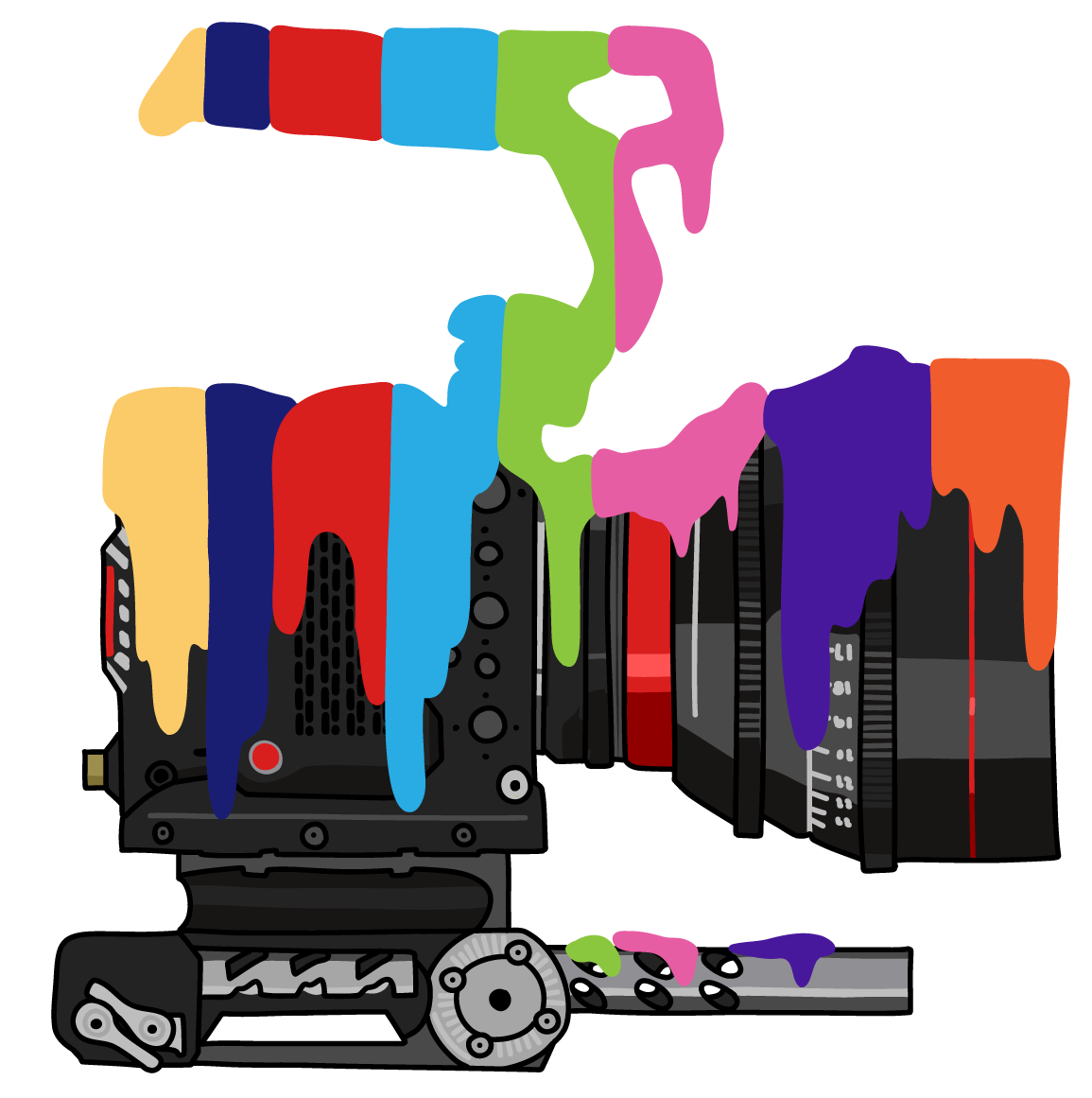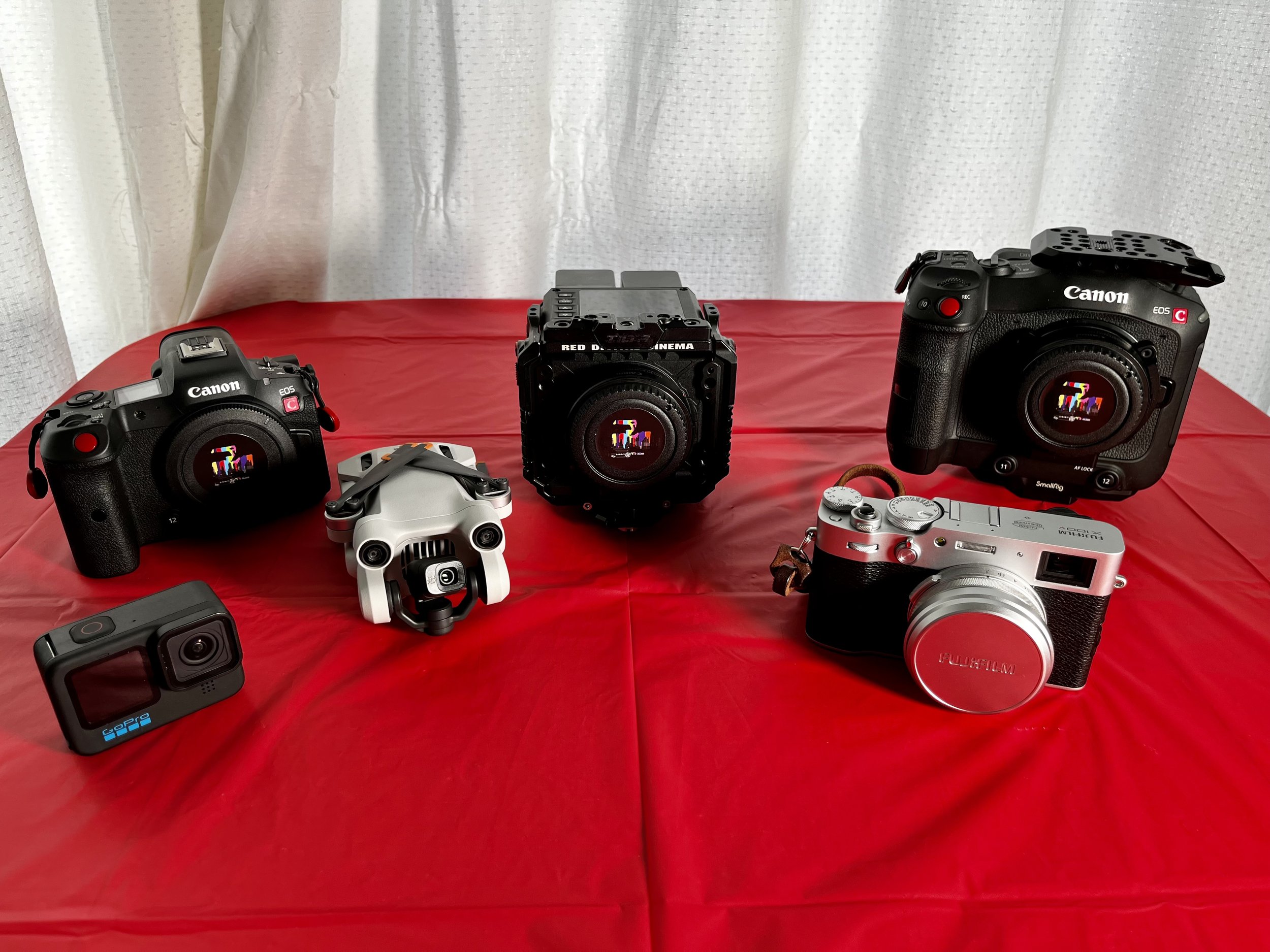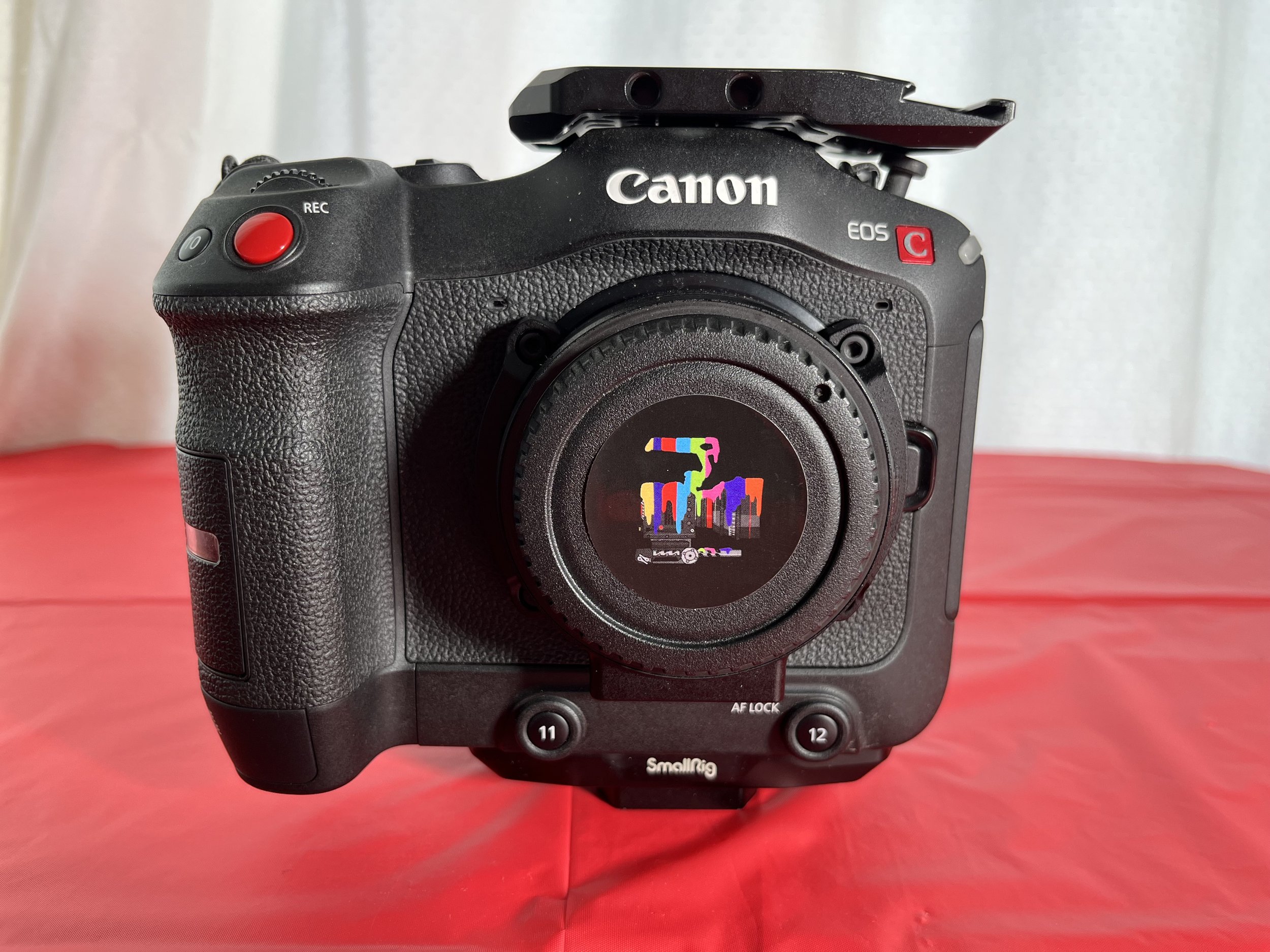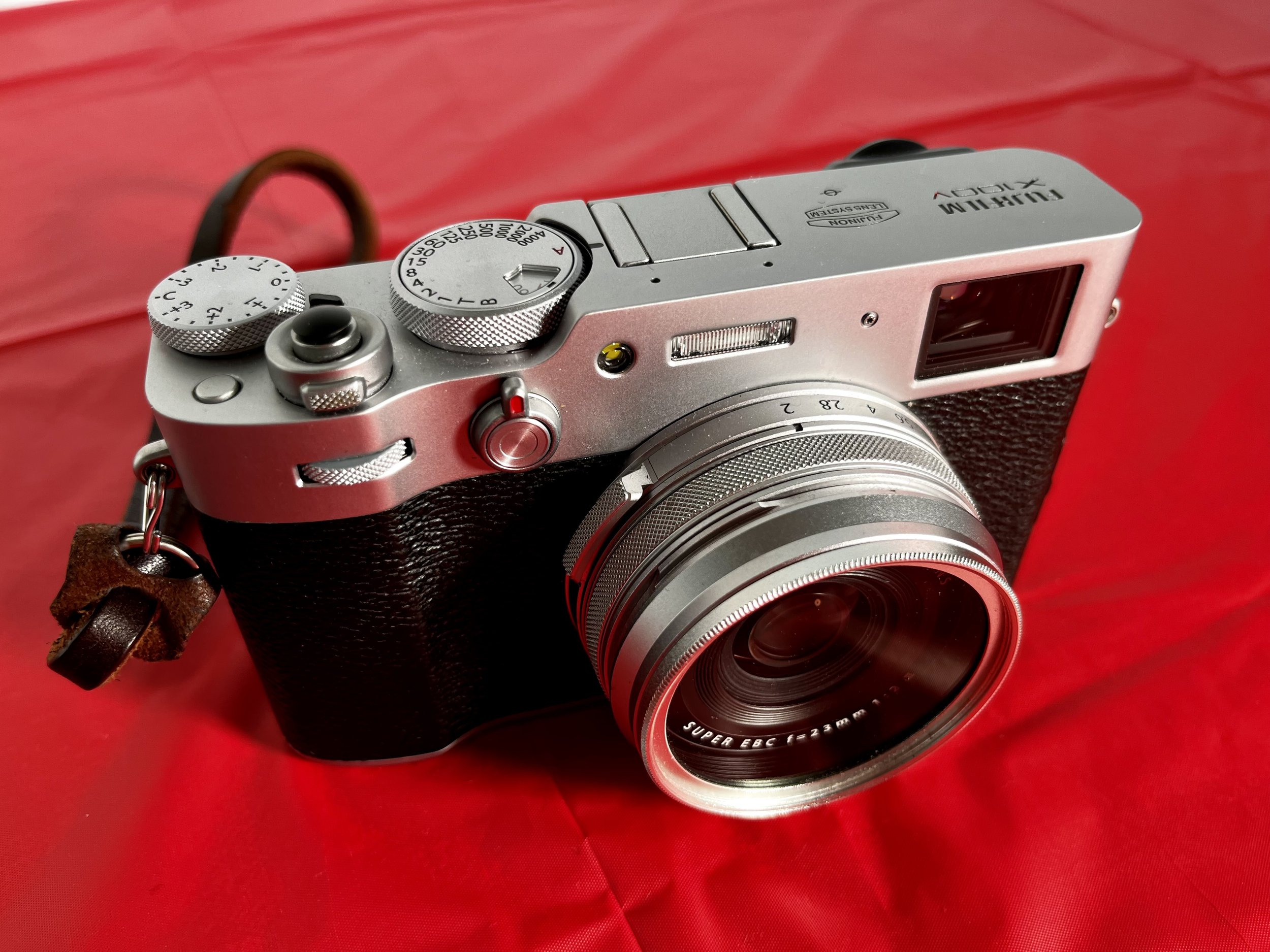Lenses are usually seen as better investments then cameras as they are for the most part made using physics and glass rather then computer chips. So a great lens made in the 1970s is still a great lens today but might just have a different look to it. What is better is much more down to personal preference of the user or that particular project.
Below I will take you through my lens collection and give a brief explanation of why I bought them and what kind of projects they would be suited for.
Canon EF Glass
24-70mm F2.8 II, 14mm F2.8 II, 35mm F2, 100mm F2.8 Macro, 50mm F1.2, 70-200mm F2.8 II, 2x Extender III
These lenses are the ones I use the most and often with my Canon C70 camera. They are full frame and work on all my cameras with an adapter. The star of the show being the 24-70mm F2.8 II which I have shot whole projects with just that one lens. It has a useful range from wide to medium with nice smooth bokeh wide open at 2.8.
Canon RF Glass
14-35mm F4 & 70-200mm F4
I have only just bought these as I have been quite happy using my EF lenses with adapters. I got these purely to use with my Canon R5C camera as thats my small B cam for gimbal work. I wanted to have better autofocus performance and lose the need for the adapter which adds to the lenses length. Both these lenses are much more compact and lighter weight then their EF equivalents and benefit further from better autofocus and not needing to use an adapter. They are also pin sharp if thats the kind of look your going for. I have no plans to replace all my EF lenses with these new RF ones however as the EF mounted ones are much more adaptable to different cameras.
Carl Zeiss 1975 Vintage Lenses
25mm F2.8, 35mm F2.8, 50mm F1.4, 85mm F2.8 & 135mm F2.8
This was my home project during the covid lockdowns. I researched these Carl Zeiss lenses (originally with Contax mounts) and how to adapt them to EF mount and for cinema use by adding focus gears onto them. I decided I wanted a whole set from the same year, 1975. They also all have the same filter size of 55mm so they make a great set. It was very nerve racking taking these old lenses apart to re-mount them but they all work great. To finish the kit off I bought a 1970s briefcase and hired a company to adapt it into a lens case. I am quite proud of this set and they are often used on music videos and vintage fashion films. Here is a link to a film shot using this set. - Vintage Clothing Fashion Film with Khari Holland
Canon CNE Cine Prime Set
24mm T1.5 , 50mm T1.3 & 85mm T1.3
These are the lenses I lusted after for around 5 years before I could afford them. They are the lenses I use for my most important projects and the ones that impress clients the most. I love them and despite many offers, I would never sell them. Here is a link to my short film shot with this set - Terror London
Vazen X1.8 Anamorphic RF Lenses
28mm T2.2 & 65mm T2
I window shopped for anamorphic lenses for years and years before finally this year opting for the Vazens. They have true anamorphic character with a slight vintage look and come in RF mount which fits all my cameras I own currently. I love the 28mm as its small and light enough to be used on a gimbal while the 65mm big brother has really beautiful anamorphic bokeh for head-shots. The Vazens have the iconic Sci-fi horizontal blue flares and I can’t wait to use them on a project. I think they would be most suitable for feature films but any project that wanted that distinct anamorphic look could benefit from them.
Leica R Lenses
28mm F2.8, 50mm F2 & 90mm F2
My newest purchase bought mainly to go with my new ‘1981’ Leica film camera. These lenses are famous of course and for good reason. They sit between my 1975 Carl Zeiss lenses and my 1990s-early 2000’s Canon EF glass for their look. The 90mm is late 70s and the 28 and 50 are from the mid-1980s. They still look vintage like the Zeiss but have a warmer and more refined look to them. They have a very long focus throw and have half stop aperture clicks. They are also just beautiful objects in their own right. I bought them mainly for stills but can put them on any of my video cameras with my Leica R to EF adapter giving my clients another option to shoot their projects on Leica glass.
If you have any questions about my lenses or if your interested in renting them please get in touch via info@tomjkelly.com
TJK.


















